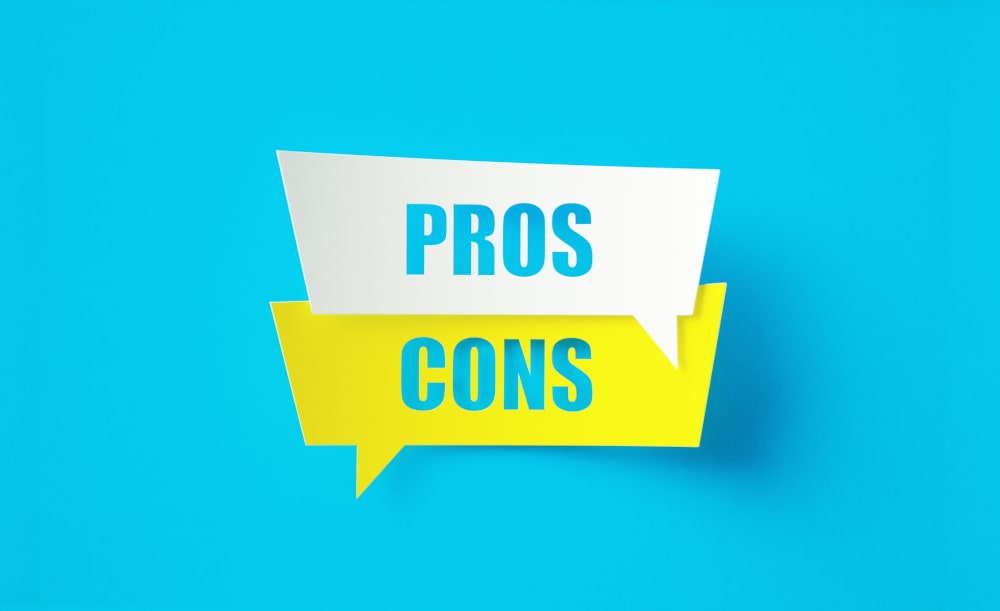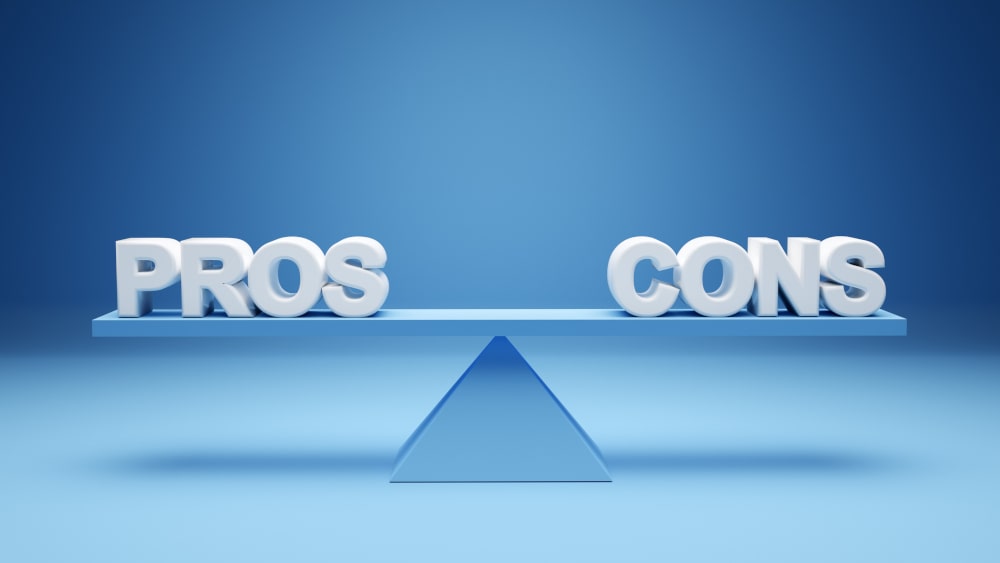Online and in-person music lessons - which is better?
categories

There seems to be a debate about whether online music lessons are better than in-person music lessons or vice versa. It should be noted that there are pros and cons to both online music lessons and in-person music lessons. Learning an instrument is extremely fun and rewarding and each instrument presents it's own set of challenges. These challenges and benefits of learning to play an instrument online and in-person will be examined in this article. There are many different instruments to choose from when considering online music lessons or in-person music lessons. For the purpose of this article we will only focus on guitar lessons and piano lessons since both of these instruments are incredibly popular to learn.
Definition of "online lessons" as applied to music.
The term 'online lessons' refers to a number of different methods of learning. For instance, there are video-based methods of learning such as You Tube and music lesson websites like Piano Dreamers, Piano Video Lessons, Easy Piano, Piano Lessons on the Web, Hear and Play, Piano Marvel, Flow Key, Piano Genius, Class Central, Learn to Play Music, Piano Secrets, Artist Works, Justin Guitar, Andy Guitar, Marty Music, Jam Play, Music is Win, True Fire, The Art of Guitar, and JTC Guitar. There are also music applications for smart phones or tablets that can also be classified as 'online lessons'. Applications like Yousician, Ningenius, Simply Piano, Perfect Piano, Magic Tiles Three, Synthesia, Flow Key, Piano Companion, Skoove, Simply Guitar, Fender Play, Garage Band, Ultimate Guitar, Guitar Pro, Guitar Tuna, Chordify, Smart Chords, and Guitar Toolkit. Finally, there is video based learning with an instructor via Skype, Zoom, Sonatico, Google Meets... Since there are multiple methods of online learning, let's consider the pros and cons of each.
Online music lessons: pros and cons.

The main problem with video-based learning is there is no personal feedback from an instructor. Students can get discouraged without feedback. It can be difficult knowing if you are playing each exercise correctly. Without guidance or feedback, students can develop poor posture or bad playing habits and this can lead to physical injury. Poor habits for guitar lessons and piano lessons can be using incorrect fingering for the instrument, playing with too much force or tension, slouching while holding the guitar or when sitting at the piano, and playing the guitar and piano with flat fingers rather than keeping them rounded. Another con to video guitar lessons and video piano lessons is the possibility of a lack of motivation. Without an actual teacher it can be difficult to stay motivated since you have no one encouraging you or guiding you on your musical journey. The benefit or pros of video-based learning are the ability to work at your own pace and the option of watching each piano lesson or guitar lesson video as many times as you like.
The pros and cons of music applications for smartphones or tablets are as follows: Music applications are great learning tools. They are fun, challenging, and rewarding. Many music applications for guitar and piano have games that track your progress and keep score. The cons of music applications are much like those of video-based learning. Many music apps cannot track or offer feedback for proper posture for playing guitar and piano. For this reason, students may develop bad playing habits such as slouching or playing the guitar and piano with flat fingers, or playing with body tension and this can ultimately lead to physical injury.
The pros and cons of video-based learning with a live instructor via Skype, Zoom, Sonatico, Google Meets, or Face Time is as follows:
Pros:
- No Travel Time. You can stay in the comfort of your home for the lessons.
- Lessons are Easy to Record. Just hit the record button and you are good to go!
- Flexibility. Rescheduling lessons is much easier since you do not have to travel to a studio for lessons.
- Accessibility to a Wide Range of Teachers. You are not limited to teachers who only live in your area or city. You can choose to learn from a teacher wherever they are.
Cons:
- No Physical Guidance for Technique. Correcting posture, placement of fingers, hands, wrist, arms, elbows, holding and playing an instrument are all things that can be challenging for a student. Without a teacher physically guiding a student with their technique it can become extremely frustrating and discouraging for the student and teacher alike.
- Internet Connection Speeds. Without a high speed internet connection online lessons are going to lag with sound and video. Even with a high speed internet connection students can still experience sound and video lag if someone else using the same internet connection is streaming while the online lessons are taking place.
- Poor Sound Quality. Many computers have poor sounding or low quality microphones and speakers. Students will have to purchase high quality speakers and a good quality microphone if they want the sound to be decent. Some microphones and speakers are quite expensive to purchase.
- Playing Duets and Accompaniments are Problematic. It is quite difficult to perform with someone when they are either a split second ahead or behind you. Timing is everything when performing duets and accompaniments.
Individual Music Lessons: Pros and Cons

In person or face to face music lessons also have their pros and cons. At Neighbour Note we offer in person music lessons at our music studio in Toronto's High Park neighbourhood. We also offer in-home music lessons throughout Toronto. This means that one of our Neighbour Note teachers will travel to a student's home to teach them in person. Let's look at three pros and cons of in-person, face to face music lessons:
Pros:
- Physical Guidance for Technique. This is the most important aspect of in-person music lessons, especially when a new student is just learning to play their instrument. Whether it's a young child or teenager or adult for that matter, some people need a helping hand especially in the beginning of their musical journey. As stated earlier, correcting posture, placement of fingers, hands, wrist, arms, elbows, holding and playing an instrument are all things that can be challenging for a student. Without a teacher physically guiding a student with their technique it can become extremely frustrating and discouraging for the student and teacher alike.
- Sound Quality is Great. Nothing beats the live sound of instruments playing or someone singing. You get to hear the raw, live sound without compression or distortion. This makes things much easier on both the teacher and student.
- The Ability to Play Duets and Accompaniments. We already know that timing is everything when it comes to performing duets and accompaniments. With in-person, face to face lessons students have the option of playing duets and accompaniments live since there are no time delays or sound and video glitches such as freezing. The ability to play live with another person is incredibly rewarding and fun!
Cons:
- Travel Time and Time in General (Studio Lessons Only). Travelling to and from a music studio can be time consuming. You have to deal with traffic and sometimes there can be delays. Also, some parents need to wait at the studio for their child to be finished their music lesson. This can be time consuming especially if there is more than one child taking lessons.
- Less Flexible than Online Lessons (Studio Lessons Only). Rescheduling lessons is definitely more challenging than online lessons since you have to travel to and from a music studio.
- Less Teachers to Chose From. With in-person music lessons you are limited to teachers who live in your area or city.
What research says about the statistics of face-to-face and online learning

There is an excellent article entitled: 'In-Person vs. Online Learning Statistics', written by Catherine Cooke. This article focuses on the top In-Person vs. Online Learning Statistics and Trends in 2023. According to Catherine's research, the pros of online learning are as follows:
- 70% of students agree that online classes are better than traditional in-person classes.
- 98% of Universities are now doing online classes.
- 77% of academic leaders believe online education is equal to or superior to in-person classroom learning.
- Online classes can help students retain 25% and 60% more information.
- Online learning uses 87% less energy and 85% fewer CO2 emissions per student compared to traditional in-person learning.
- Online learning requires 40% to 60% less time learning than traditional in-person learning.
- The costs of earning an online degree are cheaper than earning an on campus degree.
In essence, online learning is cheaper, more time efficient (no travel time), better for the environment (no driving), and students can retain more information than traditional in-person classroom learning.
Catherine's research then examines the pros of traditional in-person learning which are:
- Direct contact with a teacher can make it easier to ask questions and you are more likely to engage in discussions or conversations.
- It is more likely you will build relationships and friendships in a face to face in-person classroom environment. There is opportunity for conversation in and out of the classroom.
- In an in-person classroom environment the style of learning is more hands on and interactive.
- Less distraction. Learning online at home can have a distracting environment depending on who else is in the same home.
Ultimately, in-person learning is more personal, engaging, hands on, easier to build relationships, and less distracting. You can argue that in-person lessons are equally as distracting as classroom in-person learning. Students can easily be distracted by other students in the classroom. You can read the full article here:
https://upskillwise.com/in-person-vs-online-learning-statistics/
Conclusions
Based on my personal teaching experience, both online and in-person, I have found that I prefer in-person teaching. Face-to-face in-person music lessons are superior to online music lessons. The number one reason I state this is physical guidance. Without proper physical guidance music students can learn poor technique and ultimately injure themselves. Not only will students no longer be able to play their instrument, they may live with constant physical pain from repetitive strain injury caused by poor technique. Learning to play an instrument or sing is very hands on. For this reason, in-person music lessons are more beneficial than online music lessons. That being said, I do think that online lessons are better for sharing teaching and learning resources. I also think that online music lessons are easier to record than traditional in-person music lessons and recording lessons is extremely helpful for future practice sessions. There are many pros and cons for both in-person music lessons and online music lessons. Hopefully, this article has given you enough information to help guide you when choosing to take music lessons in-person or online.
John Force
